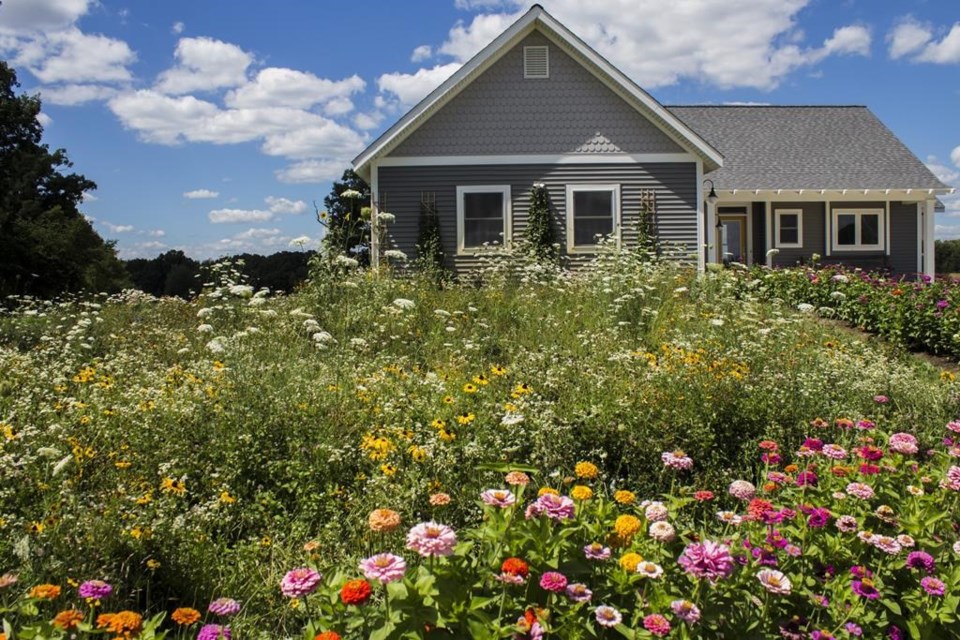Wildflower meadows have been among gardeners, and for good reason. They’re low-maintenance and , provide , , and they’re pretty.
Wildflowers are so your options will vary according to where you live. Start your search on the (www.wildflower.org). Select your state, and narrow the search to other parameters like plant habit and sun exposure. Then browse the list for plants that strike your fancy.
A typical meadow comprises roughly 60% native grasses and 40% flowering perennials, but there’s no harm in straying from that ratio.
If you’d rather buy ready-made wildflower seed mixes formulated for your region, ensure that the species included are appropriate for the type of soil, sunlight and moisture conditions your garden provides.
Don’t be fooled into believing you can just sprinkle the seeds and walk away. for any garden, wild or not. Skip it, and your results will likely disappoint.
First, remove weeds and turfgrasses from the area. Digging them up would be the most labor-intensive way of doing this, and risks moving weed seeds to the surface, making the problem worse. An easier, often more effective strategy is to smother or solarize the existing vegetation, which requires patience.
then cover it with 4-6 inches of mulch. The grass and most of the weeds beneath it will suffocate by fall. Alternatively, cover the area with plastic sheeting or a tarp, and secure it with a stone or brick placed on each corner. This method can be quicker because as the plastic heats up, it essentially cooks the plants beneath it.
In autumn (or next spring), turn the soil in the new bed and incorporate a modest amount of compost. If you have heavy clay soil, mix in sand to improve drainage. Don’t add fertilizer (or use too much compost) because wildflowers prefer low soil fertility.
Annual wildflower plants should be planted only in spring, to allow time for them to mature, produce and drop seeds, which will sprout the following year. Perennial plants, however, can be planted — and perennial and annual seeds sown — in fall.
Most wildflower seeds are tiny, so combining one part of your seed mix with 10 parts of dry sand can make spreading them easier. Scattering by hand may be fine for small beds, but using a seed spreader is preferable in larger areas.
To ensure the seeds make good contact with the soil, walk over them or pass over the area with a lawn roller, but don’t bury them.
If you’re sowing in spring, keep the area lightly watered in the absence of rainfall, as the season’s warming temperatures will threaten to dry them out.
Expect annual species to flower the first year, but you may have to wait a year or two for perennials to bloom. In the meantime, keep the bed free of tall weeds, which could shade out your fledgling wildflowers.
At the end of the growing season, leave your meadow standing to provide food and shelter for overwintering insects and wildlife. Mow it down in spring just before new growth begins.
—-
Jessica Damiano writes regular gardening columns for The Associated Press. She publishes the award-winning Weekly Dirt Newsletter. for weekly gardening tips and advice.
___
For more AP gardening stories, go to
Jessica Damiano, The Associated Press




